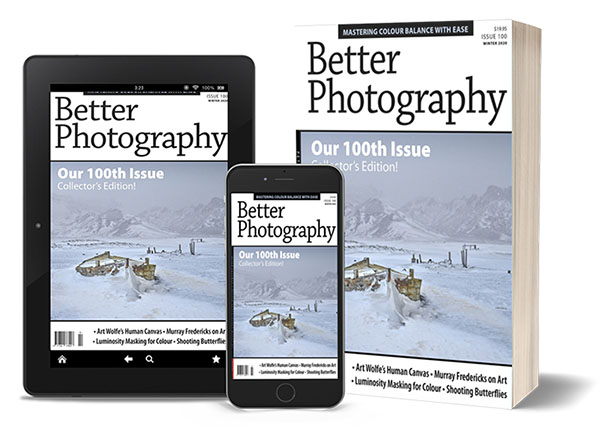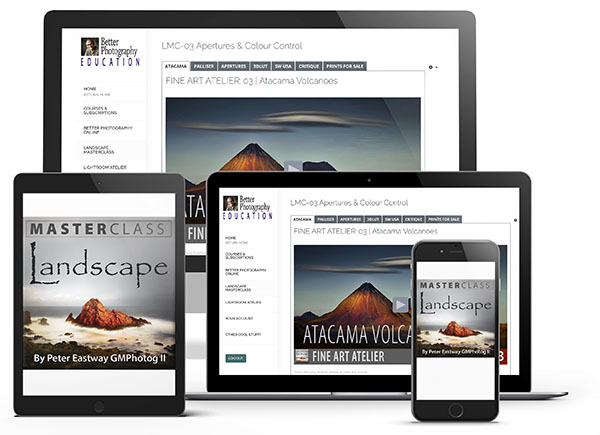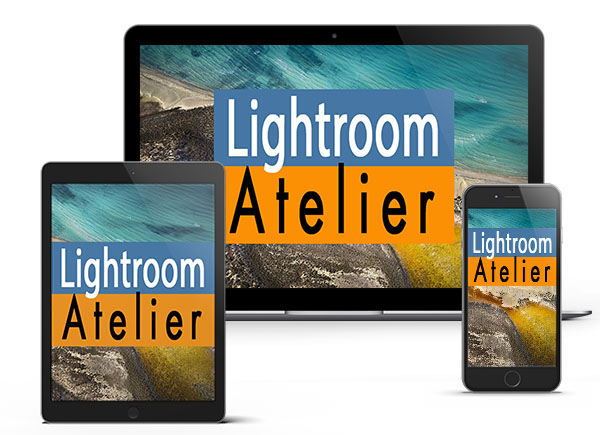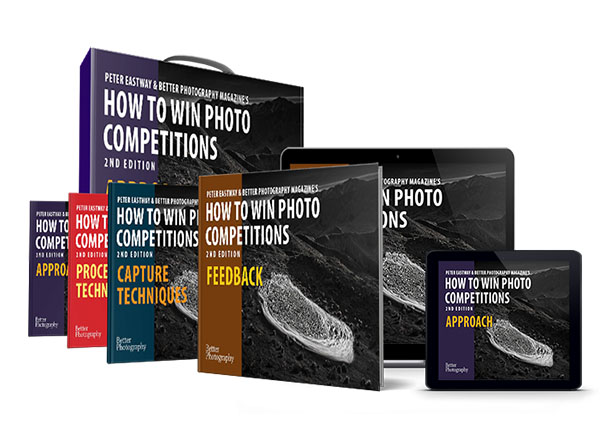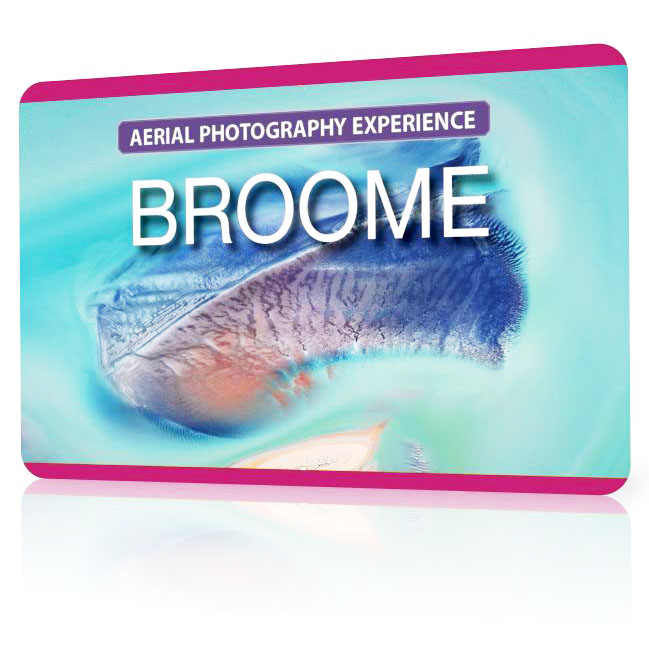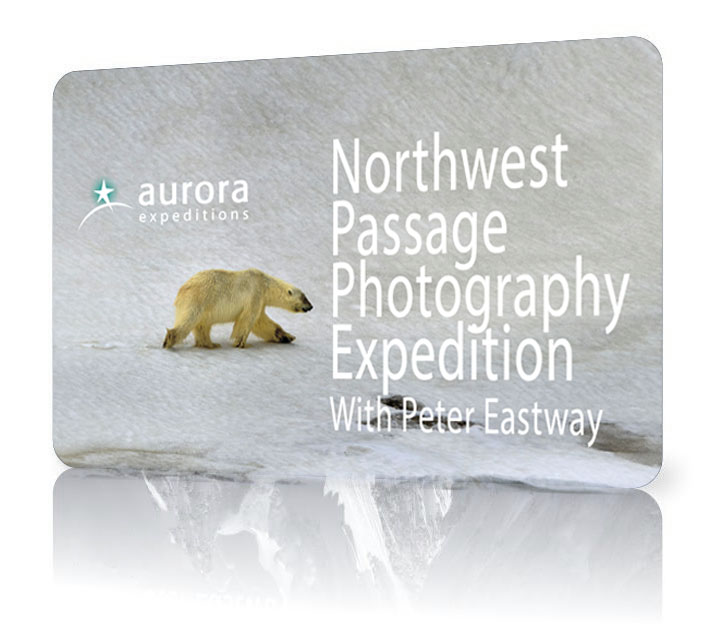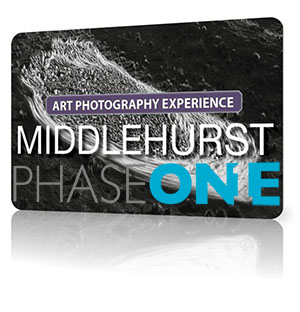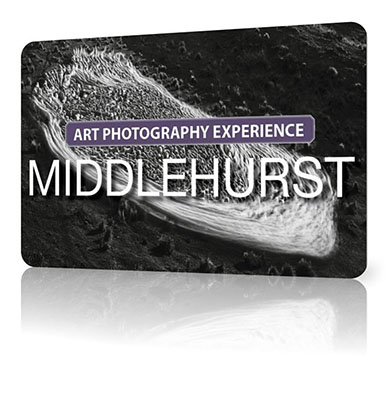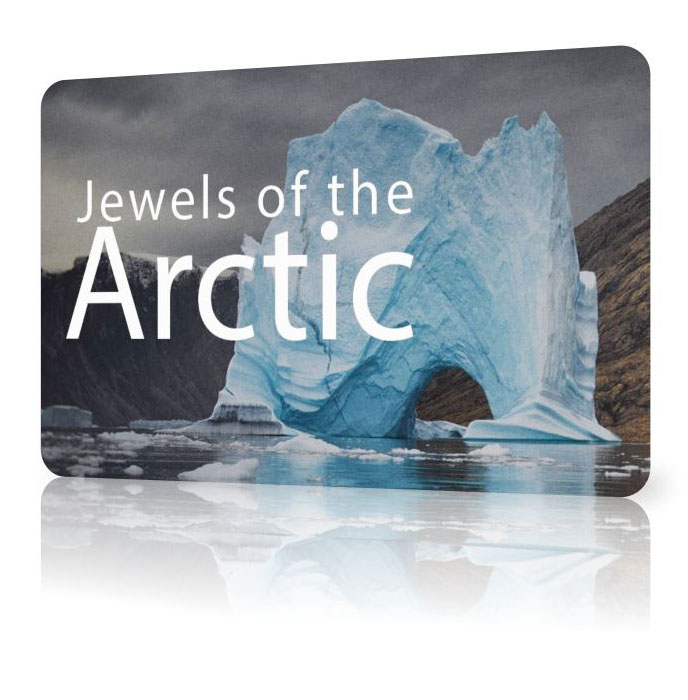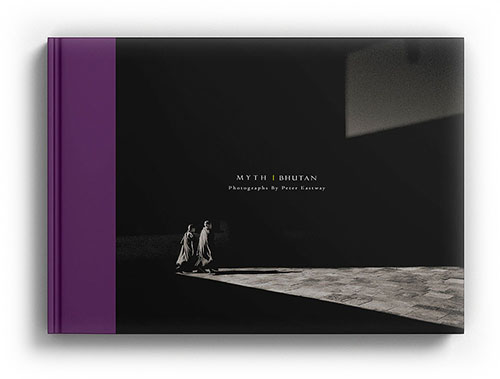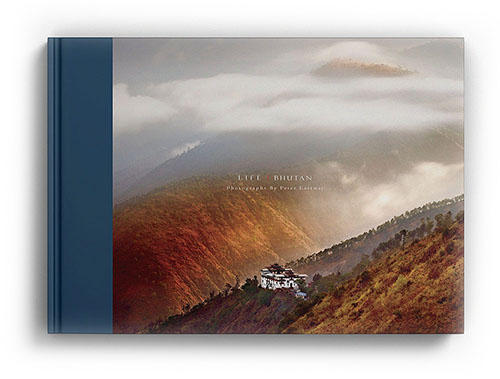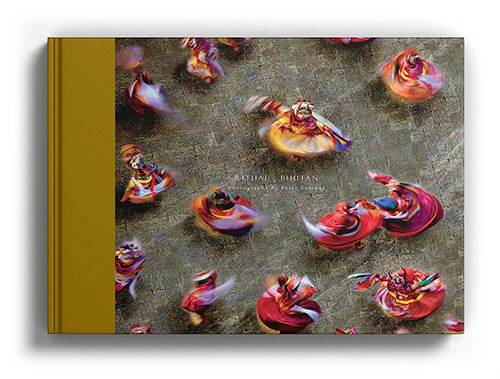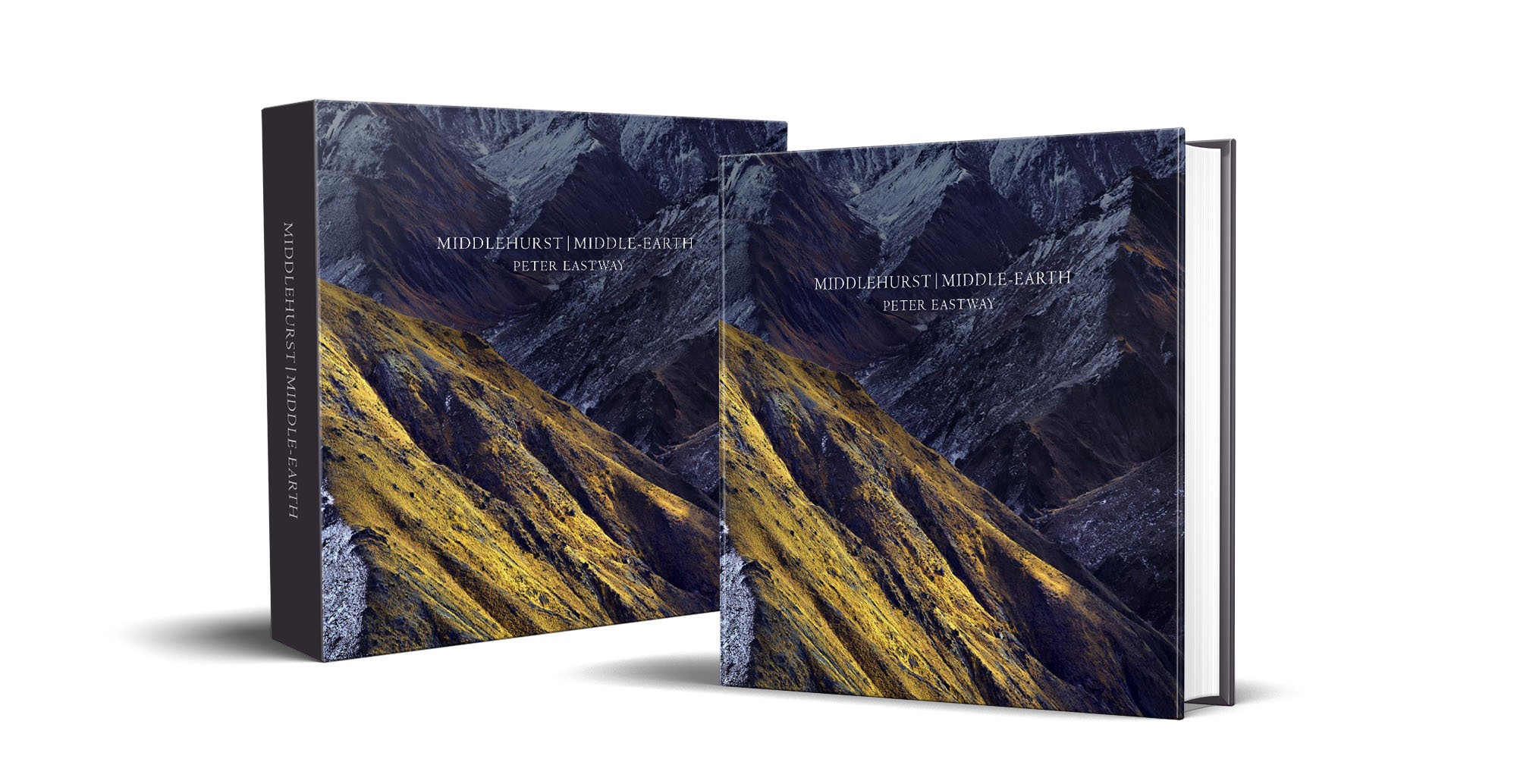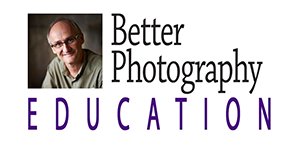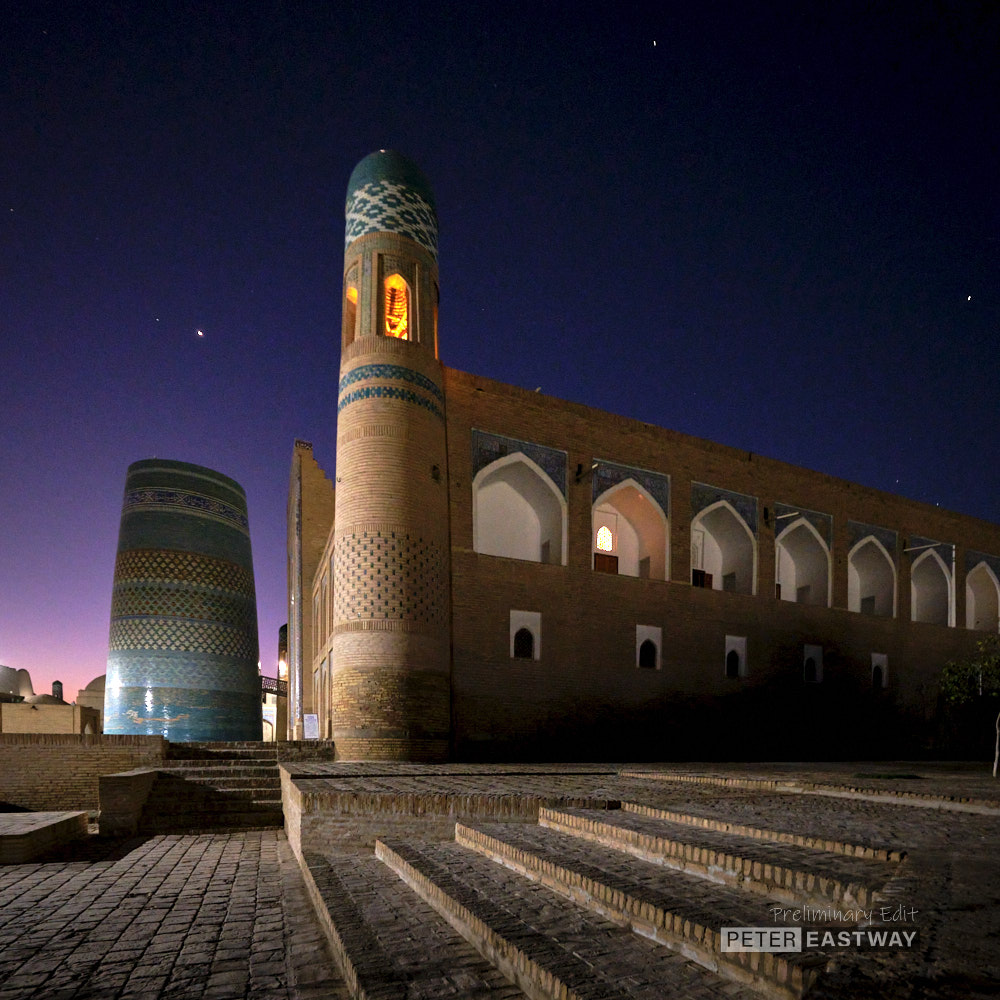Khiva, Uzbekistan. Photographed just as light was discernible on the eastern horizon.
Fujifilm X-H2, 8-16mm lens, f2.8 @ 1/15 second, ISO 3200, no tripod.
With so many people travelling and taking photos with their phones, it can be a struggle to create something that is different about the locations you visit. And while phones are now incredibly good at taking photographs in very low light, shooting at night remains one way to be noticed, simply because most travel photos are still taken in the day (and the preference is with bright blue skies).
The main challenge for shooting at night is avoiding large expanses of black – either the sky or shadow areas. Many photographs have wonderful information along the horizon line (e.g. a city skyline), but above and below are often without purpose. One suggestion is to crop out unwanted black areas. Note, I'm not suggesting you remove all the blacks as we definitely want our viewers to know the photo is taken at night.
With this in mind, look for the light sources in the foreground. If shooting a skyline full of colour, put a courtyard or an old car or something in the foreground, just as you would when shooting in daylight.
Another solution is to cheat, just a little. Rather than shooting in the dead of night, shoot either an hour or so after sunset and an hour or so before sunrise. To the eye, the sky can look black, but to our cameras it can be recorded as a wonderfully deep blue.
If you have a lot of sky, clouds can assist. And if your travel destination is experiencing inclement weather, shooting at night is a great solution because invariably the night lights are reflected on wet roads and puddles.
Do you need a tripod? Modern phones allow you to hand-hold relatively long exposures with image stabilisation and high ISO settings. Modern cameras do the same and so you can probably shoot without a tripod. However, if you are wanting to make a print or feature the photo in a book, then a lower ISO setting will give you a superior technical result, or perhaps you'd be happy with the wonderful noise reduction algorithms now available in Lightroom and Topaz. The choice is yours!

